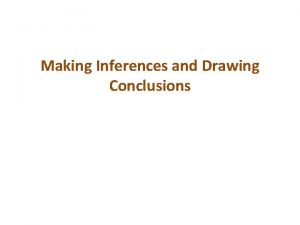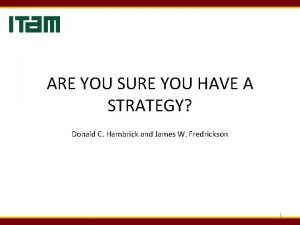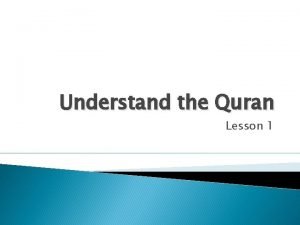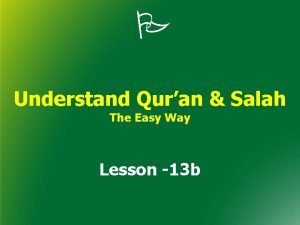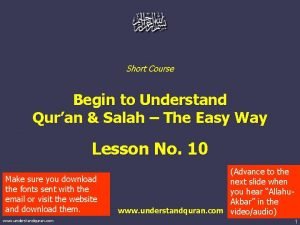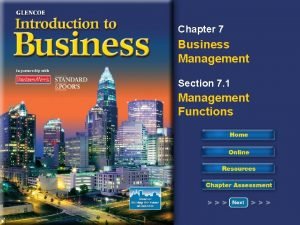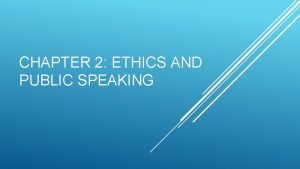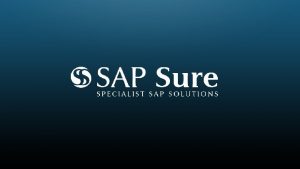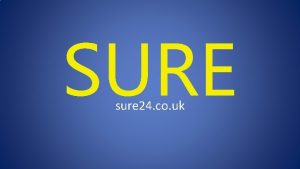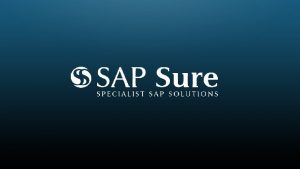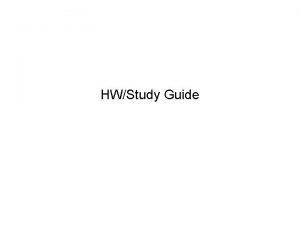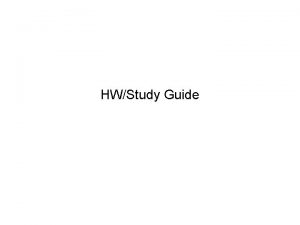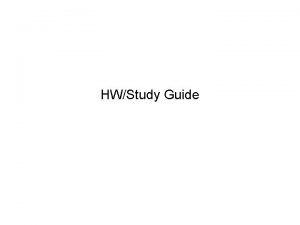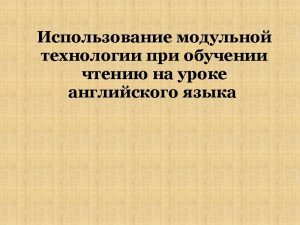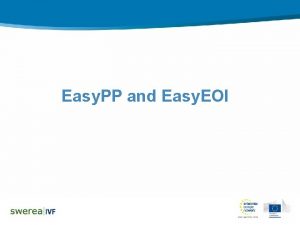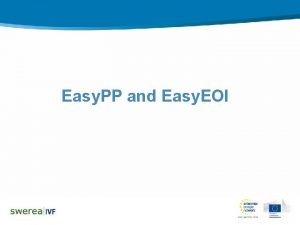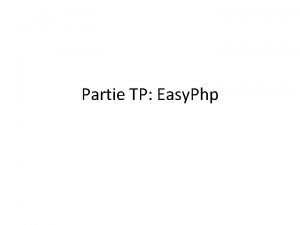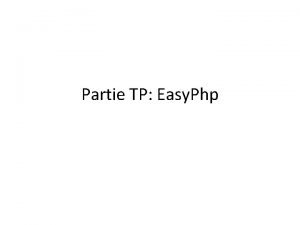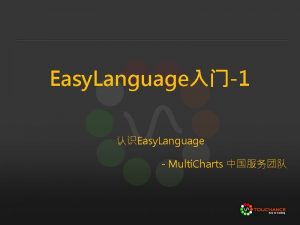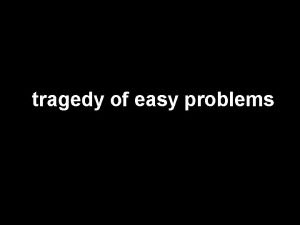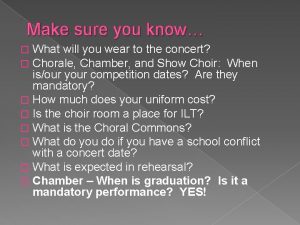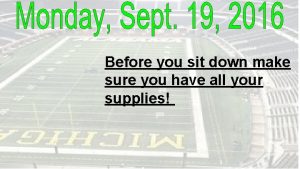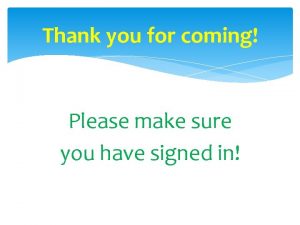Making Research Easy Make sure you understand the



















- Slides: 19

Making Research Easy! • Make sure you understand the assignment before you start. • Do it right the first time. • Ask for help. • Allow enough time for the project. • Write down where you find your information as you find it. • Break it down into smaller parts.

The Big 6 TM 2 Information Seeking Strategies 6 Evaluation 3 Location and Access 1 Task Definition 5 Synthesis 4 Use of Information Remember what your task is as you do each of the other steps.

Task Definition • Get a general understanding of your topic and assignment. • Ask questions so that you know what you are to do and by when. • Start your research with an encyclopedia, dictionary, short article, etc. to get basic and brief information in order to gain a general understanding of your topic.

Information Seeking Strategies • Consider which sources are best for your topic and project. • How current should your information be? • Consider what questions you need answered in order to determine which sources might be must helpful. • Are there reputable and expert sources for your topic? • Allow enough time to find the information.

Location and Access • Gather as much information as you can. • Use index cards to record your information. This allows for easy sorting. • Have a variety of sources.

Use of Information • Organize your Information. • Be selective. Use the best information. You do not need to use everything. • Remember your task as you put your information together. • Determine the best way to organize and present your information.

Synthesis • Put it together! • Keep your task in mind as you create your project.

Evaluation • Do a self-evaluation. • Are there any weak or incomplete parts? • Can you answer questions about your topic and/or project? • Did you allow enough time?

In Other Words: TM 2 Think 1. Task Definition 2. Information Seeking Strategies 3. Location and Access 6 Reflect 3 Find 1 Listen 4. Use of Information 5. Synthesis 6. Evaluation 5 Create 4 Select

Internet Research • Web Site Evaluation Guide • Anyone can have a web site • Who created or maintains this web site? • Are the aims of the site clear? • Is the site relevant for my purpose? • Can the information be checked? • When was the site produced? • Is the information biased in any way? Opinion or fact? • Is the site associated with a reputable association or organization?

Search Engines • Google • Altavista • Dogpile

Boolean Operators • AND • OR • NOT • “George Washington”

www. pioneer. uen. org • World Book Encyclopedia Online • Magazine Databases • Newspaper Databases • More! http: //www. pioneer. uen. org

Works Cited • An alphabetical list of sources used in the project • Use hanging indentation (First line of each entry is not indented, but all others are. ) • Follow the proper format (MLA, APA, etc. ) • The purpose of works cited is to supply the reader with the necessary information to find the same information that you used for your project.

MLA Format for Works Cited • Works Cited is its own page. • Center and capitalize Works Cited, then double-space. • The entire page is double-space. • You do not number the entries. • Depending on what kind of source it is, write the needed information in the proper order with the correct punctuation between the items of information.

Example: Works Cited The Big 6 TM, Information Literacy for the Information Age. Eds. Mike Eisenberg and Bob Berkowitz. 30 Aug. 2004. 7 Sept. 2004 <http: //big 6. com>. Gibaldi, Joseph. MLA Handbook for Writers of Research Papers, Sixth Edition. New York: The Modern Language Association of America, 2003.

How to take Notes • Use index cards. • Make a work cited card separate from your note cards. • Put a keyword at the top of each note card. • Use a graphic organizer. • Devise your own method.

Graphic Organizer Source: Notes: Notes: Title_____ Title_____

Note Taking • Keep track of where the information came from incase you need to refer back to the original source. • Write page numbers down if applicable. • Give credit to the people whose ideas and/or words you use. • Exact words need quotation marks. • Keep quotes brief. • Be brave and use a few quotes!
 To understand recursion you must understand recursion
To understand recursion you must understand recursion Making inferences and drawing conclusions
Making inferences and drawing conclusions Are you sure you have a strategy
Are you sure you have a strategy Quran
Quran Understand quran and salah the easy way
Understand quran and salah the easy way Understand quran and salah easy way short course#2 pdf
Understand quran and salah easy way short course#2 pdf Learn quran and salah the easy way
Learn quran and salah the easy way Understand quran and salah the easy way
Understand quran and salah the easy way Keeping the company on track and making sure goals are met
Keeping the company on track and making sure goals are met Presenting another person's language or ideas as one's own.
Presenting another person's language or ideas as one's own. What is luchresi’s role in the story?
What is luchresi’s role in the story? Deductive reasoning examples
Deductive reasoning examples Inductive vs deductive
Inductive vs deductive Deductive reasoning
Deductive reasoning Make me understand
Make me understand Make me understand
Make me understand Make me understand
Make me understand Make me understand
Make me understand Make me understand
Make me understand Make me understand
Make me understand

